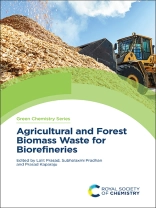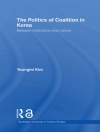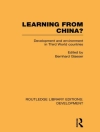Both agriculture and forestry produce a large amount of biomass waste. Historically much of this has either been sent to landfill or burnt, increasing greenhouse gas emissions and wasting potentially valuable resources. By converting this biomass instead into useful products, we can reduce greenhouse gas emissions, avoid waste and reduce the need for other sources for these products.
Introducing the different types of biomass that can be obtained from agriculture and forestry this book looks at the challenges in using them, specific applications and their role in creating a more sustainable and environmentally friendly economy. It will provide useful insights for green chemists, agricultural chemists and anyone interested in biorefinery science.
Зміст
- Prospects and Potential of Agricultural and Forest Biomass in the Context of Food and Fodder
- Physico-chemical Characterization of Agricultural and Forest Biomass
- Characteristic Requirements of Biomass for Biorefineries
- Value Addition of Agricultural and Forest Biomass at the Farm and Community Level and Major Challenges
- Global Initiatives Towards Biomass Value Addition, Utilization and Market Opportunity
- Metagenomics in Agricultural and Forest Biomass Waste for Biorefineries
- Biochar Production from Agricultural and Forest Biomass Waste
- Utilization of Lignocellulosic Biomass for Production of Nanocellulose
- Biofuel from Biomass
- Biofertilizers from Agricultural and Forest Biomass
- Valorization of Agricultural Biomass Towards Biofertilizers and Economic Analysis
- Biopesticides from Agricultural and Forest Biomass
- Implementation of the Biorefinery Concept in Existing Sugarcane Industries












